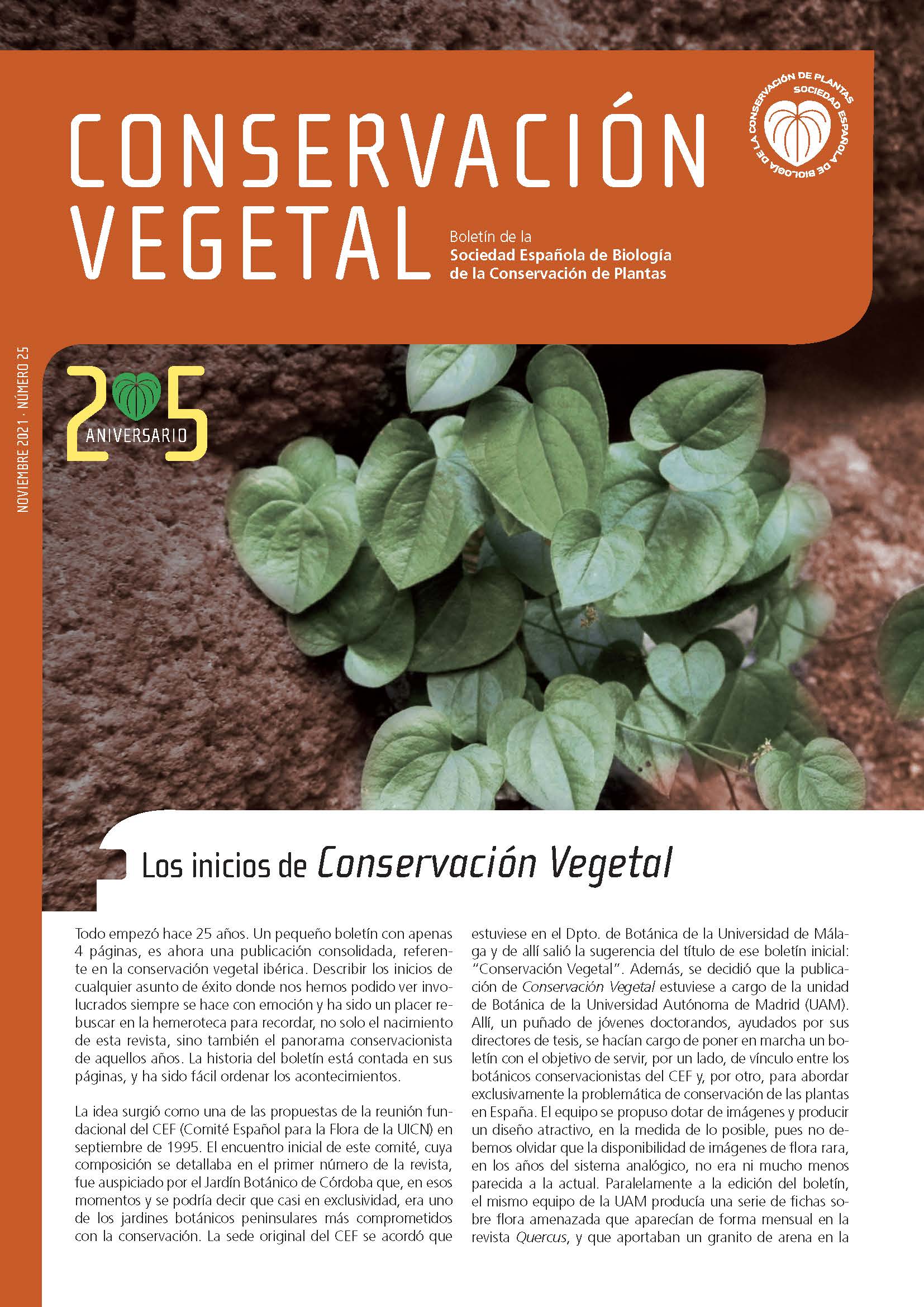Palavras-chave:
fenología, pintura, obras de arteResumo
¿Podemos extraer información científica válida a partir de una obra de arte en la que aparezcan plantas? Poniendo como ejemplo el estudio de la fenología vegetal, veremos a qué limitaciones y obstáculos nos enfrentamos, pero también casos en los que ciencia y arte logran iluminarse mutuamente como ocurre en escenas de frescos minoicos de hace 4000 años, o en el húngaro ‘Libro de los Sarmientos’ que se viene ilustrando desde hace casi tres siglos.
Downloads
Referências
Chapin, A.P. (2004) Power, Privilege, and Landscape in Minoan Art. Hesperia Supplements 33: 47-64.
Jashemski, W.F. (1992) The gardens of Pompeii, Herculaneum and the villas destroyed by Vesuvius. The Journal of Garden History, 12 (2): 102-125
Parisi S.G., Antoniazzi M.M., Lovat L., Mariani L., Morreale G., Zoltan K. & A. Calò (2014) Spring thermal resources for grapevine in Ko?szeg (Hungary) deduced from a very long pictorial time series (1740–2009). Climatic Change 126: 443-454.
Primack R.B., Higuchi H. & A.J. Miller-Rushing (2009) The impact of climate change on cherry trees and other species in Japan. Biological Conservation 142: 1943–1949
Shirane, H. (2003) Japan and the Culture of the Four Seasons: Nature, Literature and the Arts. Columbia University Press.
Zeven, A. C. & Brandenburg, W. A. (1986) Use of Paintings from the 16th to 19th Centuries to Study the History of Domesticated Plants. Economic Botany 40 (4): 397-408
Más referencias y enlaces en https://ainaserice.com/botanicarte
